The original Continental Flying Spur is everything the Bentley brothers dreamed of
In our modern world, attention spans are valued in split seconds. The meaning of luxury has been drowned in a sea of everything from glorified TV dinners to limited-edition sneakers. It makes judging a car like this 1958 Bentley S-Series Continental Flying Spur seem like a futile exercise.
Do you evaluate it for the spring in the step from its straight-six motor? The smoothness of the gearchange from the four-speed automatic? The elegance of its lines and balance of brightwork against paintwork? Or should you measure the give of the stitched-leather elbow rest and the ease of manipulating the steering on the move? How about the enduring gloss-like appearance of the burr walnut woodwork?
Or is the significance of such a car tied to what it says about those who drive it? In 1958, when Sir William Peacock placed an order with coachbuilder H.J. Mulliner, it wouldn’t be unreasonable to assume the industrial titan wanted to go one better than order a Bentley direct from the factory. As Chairman of Guest, Keen & Nettlefolds (better known as GKN today), this was a man at ease with the finer things in life, so it’s plausible he felt a coachbuilt car was more befitting of his status. And in the eyes of Bentley and Rolls-Royce buyers, the works of Henry Jervis Mulliner & Co were among the very best of the trade.

It was only the year before Peacock ordered his Bentley—1957—that H.J. Mulliner unveiled its vision for one of the most lavish motor cars on the road. The original S-Series was the last standard production Bentley to feature a separate chassis, and was first offered as a four-door saloon. It’s fair to say it attracted plaudits, with The Autocar magazine summarizing that “The latest Bentley model offers a degree of safety, comfort and performance that is beyond the experience—and perhaps even the imagination—of the majority of the world’s motorists.”
Shortly after came the Continental variant, which featured a two-door body and was altogether more dashing, in all senses of the word. Its aluminum coachwork was a work of beauty, the straight-six engine featured a raised compression ratio for a more sporting bent, while the trappings of luxury remained as opulent as the time allowed for, with Connolly leather, fine wood marquetry, wool headlining, ankle-deep Wilton carpet and various extras, should Lord or Lady care for picnic tables, cigar boxes or cut glass decanters and glasses.

However, the Chiswick-based Mulliner types felt all those Continental ingredients wrapped in a four-door would find an audience amongst the rich and famous. They were proved right—and boy oh boy did you have to be flush to afford one.
This Continental Flying Spur S1 cost £8034 in 1958, which was more than twice the cost of a standard S-Series saloon. It’s also 10 times the average salary paid in Britain at the time. By contrast, today’s modern Flying Spur Mulliner with a hybrid powertrain costs from £231,000 ($288,000), and the average salary is around £33,000 ($41,000). So there you go—Bentley has, er, been doing its part to ease the financial strain over the past few years …
The inspiration for the Flying Spur’s name came from one Arthur Talbot Johnstone, the managing director of H.J. Mulliner. He’s said to have chosen it after the heraldic badge of his family, the Clan Johnstone of the Scottish Borders. The very first model to leave Mulliner’s works even featured the Clan Johnstone’s “flying spur” mascot on its radiator grille. Sure beats a custom plate.
What a handsome thing this car is. Its proportions and in particular lowered roofline give it a more rakish look than the standard steel saloon, and the passing of time has done nothing to dim the admiration for the eye that its creator, Mulliner’s designer Herbert Nye, so clearly had. It is as timeless as a perfectly proportioned English country house.
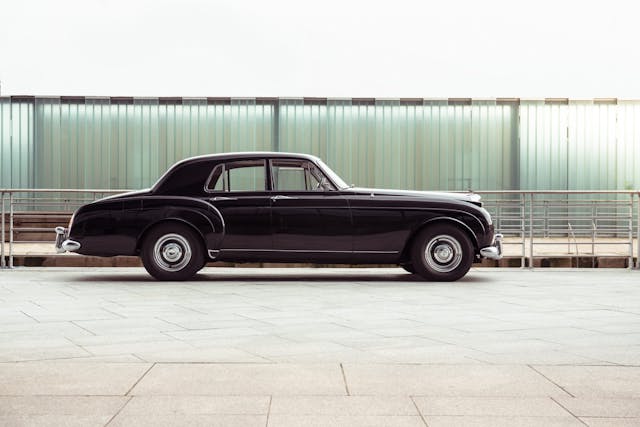
It is much the same story when you grasp the sliver of chromed doorhandle, squeeze the catch and open up the interior to the outside world. A glimpse of how the other half lived, it is at once luxurious but inviting, a space where—one imagines—the stress of board meetings would melt away. For the craftspeople at Mulliner, the brief was likely to create a set of surroundings that someone would be entirely satisfied to step into from their Belgravia townhouse on Eaton Square.
Peering through the gently raked windscreen, your eyes are guided by the winged Bentley mascot, an evolution of the work of Charles Sykes (who also created the Spirit of Ecstasy), which flies atop the radiator grille, while the creased wings with indicator lamps help judge with placing the extremities.
Despite the Flying Spur’s lowered roofline compared with the standard saloon, it feels airy and the 360-degree view is welcome—especially for yours truly, driving the car for the first time and with no chance for getting familiar with it. “Off we go!” comes the command from the Bentley people, and sure enough, off we go toward Goodwood circuit (the photos were taken elsewhere), figuring out how it all works as I, well, go—including the twist-off handbrake, just ahead of the driver’s right knee.
Pushing down on the Bentley “B” embossed brake pedal brings the first cause for concern. “Is Sir quite sure he’d like to slow down?” the system seems to ask, as you press through half of the pedal’s travel before feeling much in the way of action from the servo-assisted drum brakes.
It’s much the same story for the four-speed automatic gearbox, which will do nothing so vulgar as to rush through gearchange after gearchange. This is a car which knows its mind, and the straight-six cylinder, 4887-cc iron-block, aluminum-cylinder-head engine, with pushrod overhead inlet valves and side-exit exhaust valves, rarely feels the need to summon all of its 180 hp.
“Allow me, Sir,” it says as we join a dual carriageway and settle to main road speeds. At 50 mph it is turning over at around 1500 rpm, and at 70 mph it’s still a calm 2500 rpm.
Regardless of the unhurried, column-shift gearbox, the throttle pedal serves up attentive response and the steering is delightfully light on the move, calling for just fingertip inputs.
Staring back at the driver—who, by the way, enjoys perfectly stuffed (and all-original) Connolly leather seats that offer just the right blend of give and support to this day—are elegant Smiths instruments, with the Bentley emblem etched into the top of the speedo and rev counter. The woodwork is exemplary, the number of ashtrays countless and the pull-straps hanging from the B-pillars may have stories to tell: curls of smoke hovering above business deals, family squabbles, illicit liaisons …
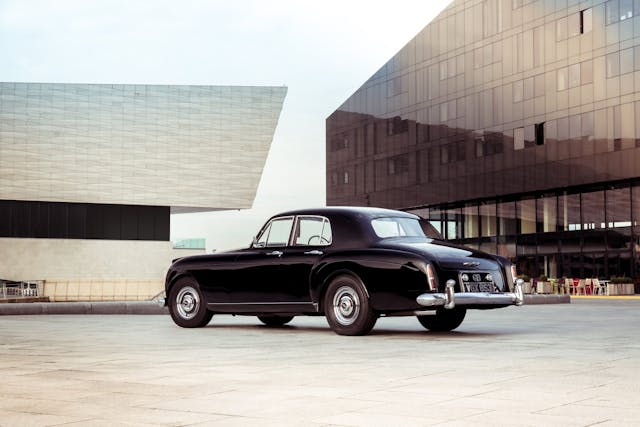
Like the most loyal and discreet staff employed by the wealthy of its time, the Continental Flying Spur seems to make everything that little bit more effortless. And you can’t put a price on that, can you?
And yet, Bentley has to. It has been quietly going about the business of restoring all cars in its heritage fleet, and acquiring those missing from the collection (this Continental Flying Spur, chassis BC9FM and engine number BC9F, was acquired in 2004) and there are just two or three left to go before the back catalogue is all accounted for. The company, wisely, wouldn’t reveal which ones it’s still to acquire.
As it is, upon late acquaintance, the Continental Flying Spur lives up to the motto of Bentley’s founders, Walter Owen Bentley and his brother, Horace Milner Bentley: “To build a good car, a fast car, the best in class.”
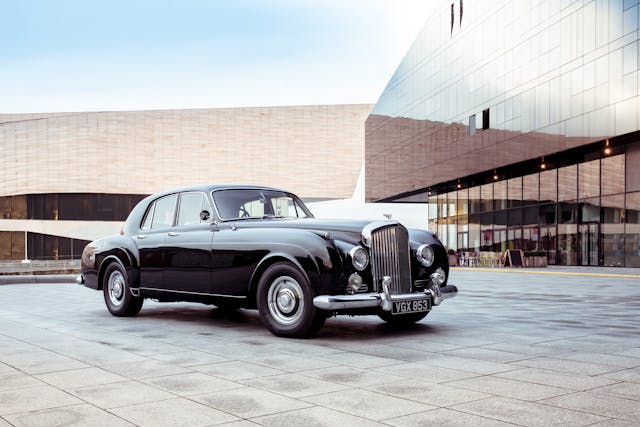
***
Check out the Hagerty Media homepage so you don’t miss a single story, or better yet, bookmark it. To get our best stories delivered right to your inbox, subscribe to our newsletters.
Via Hagerty UK

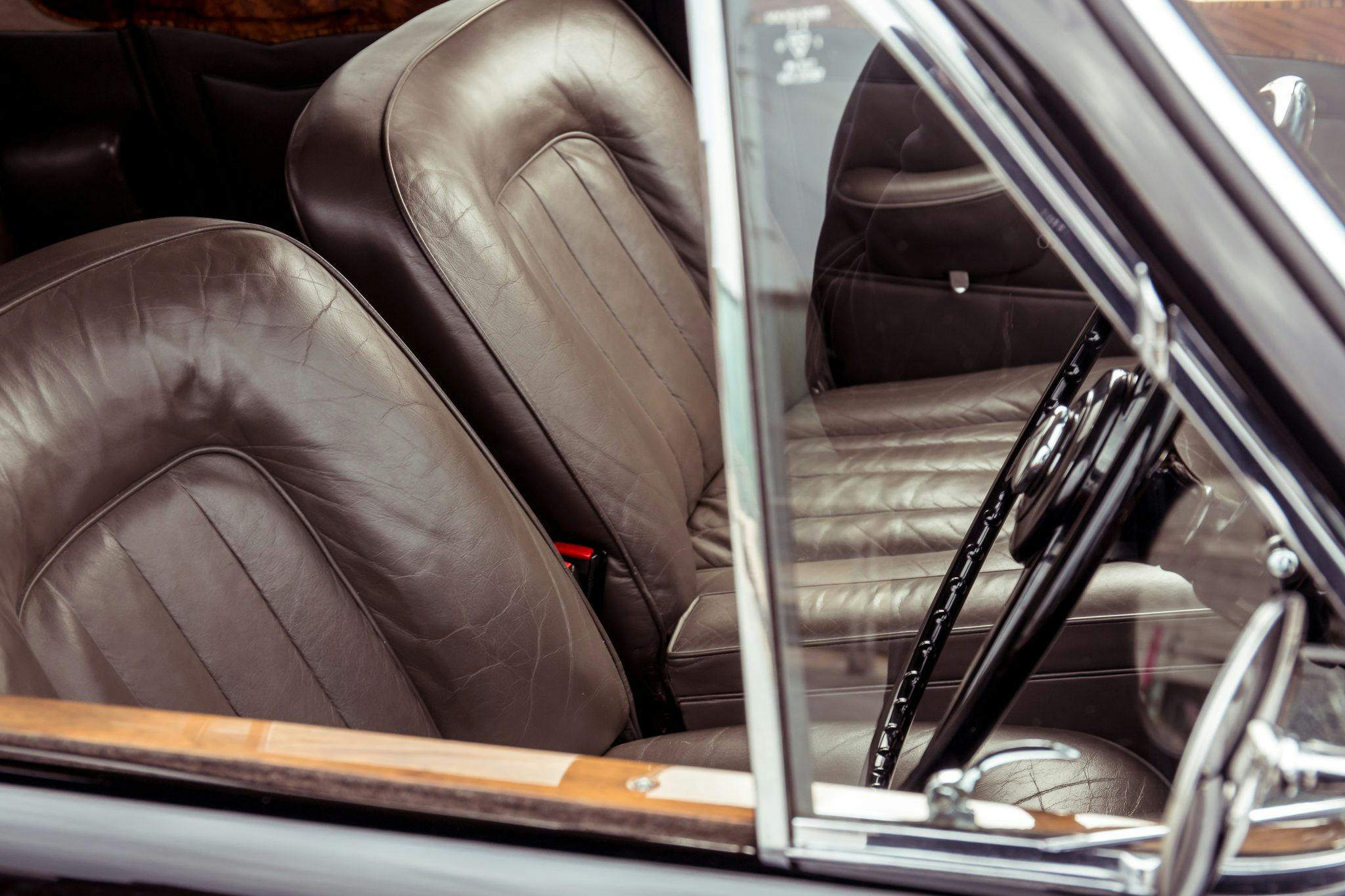
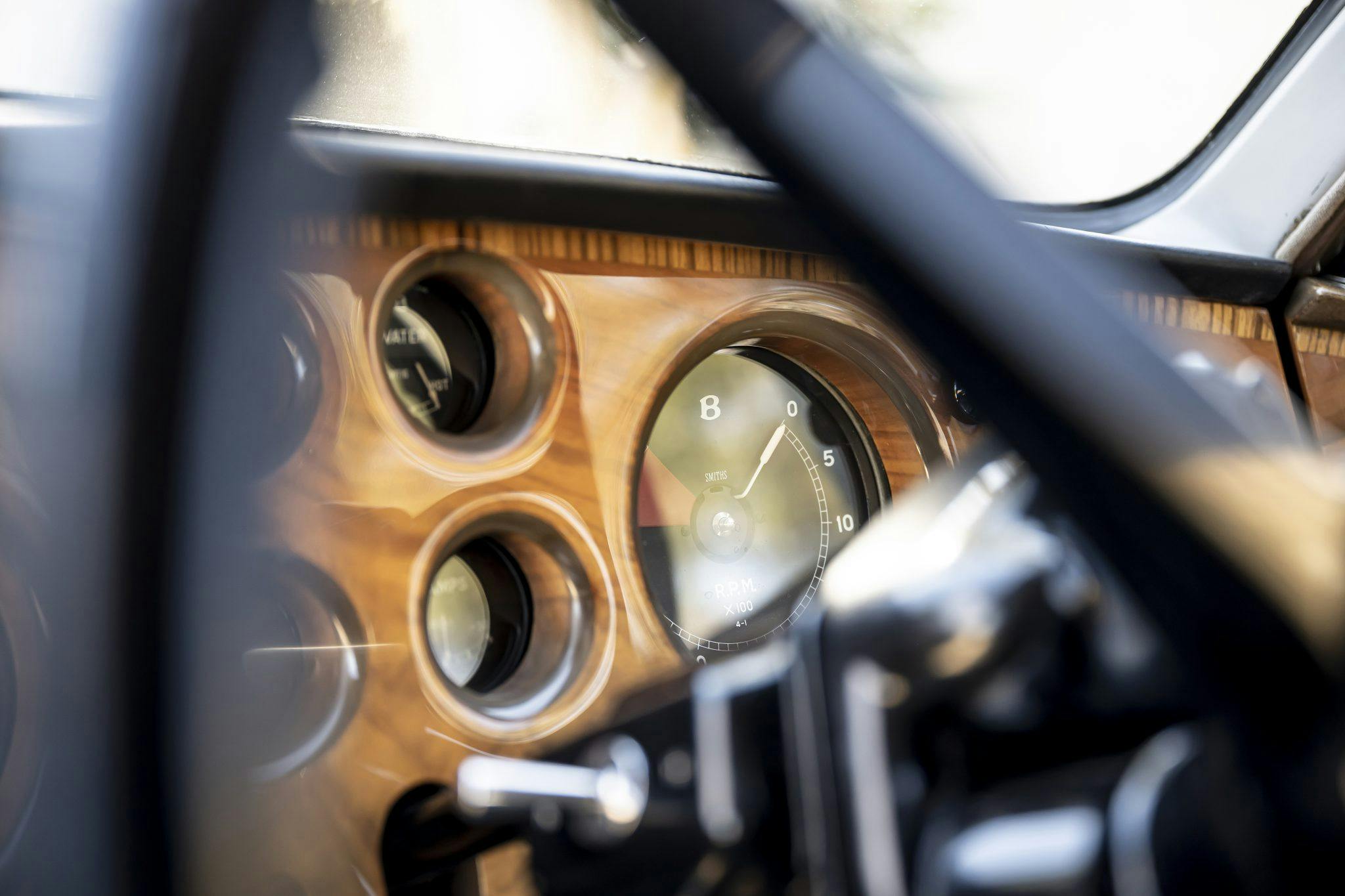
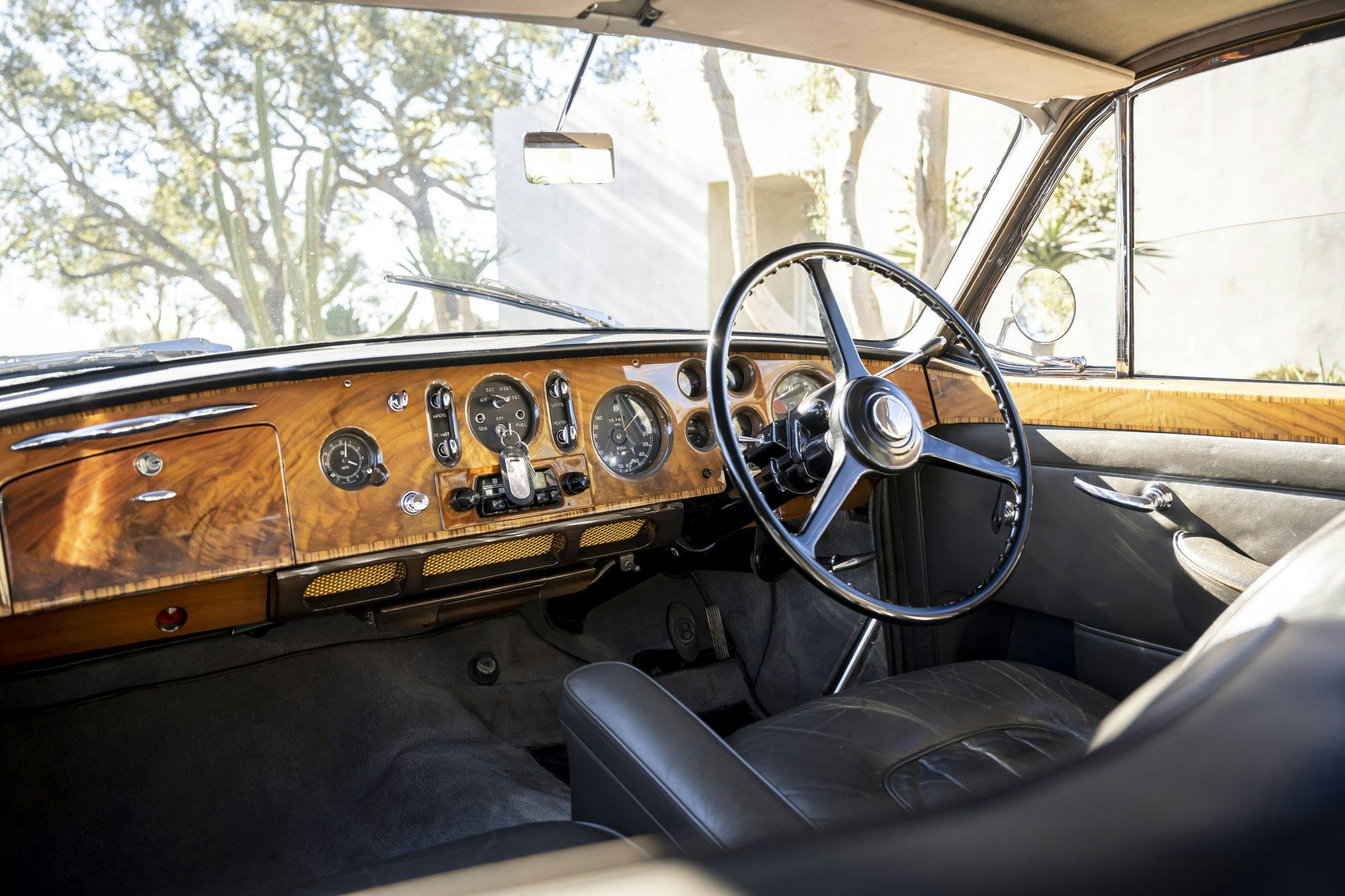
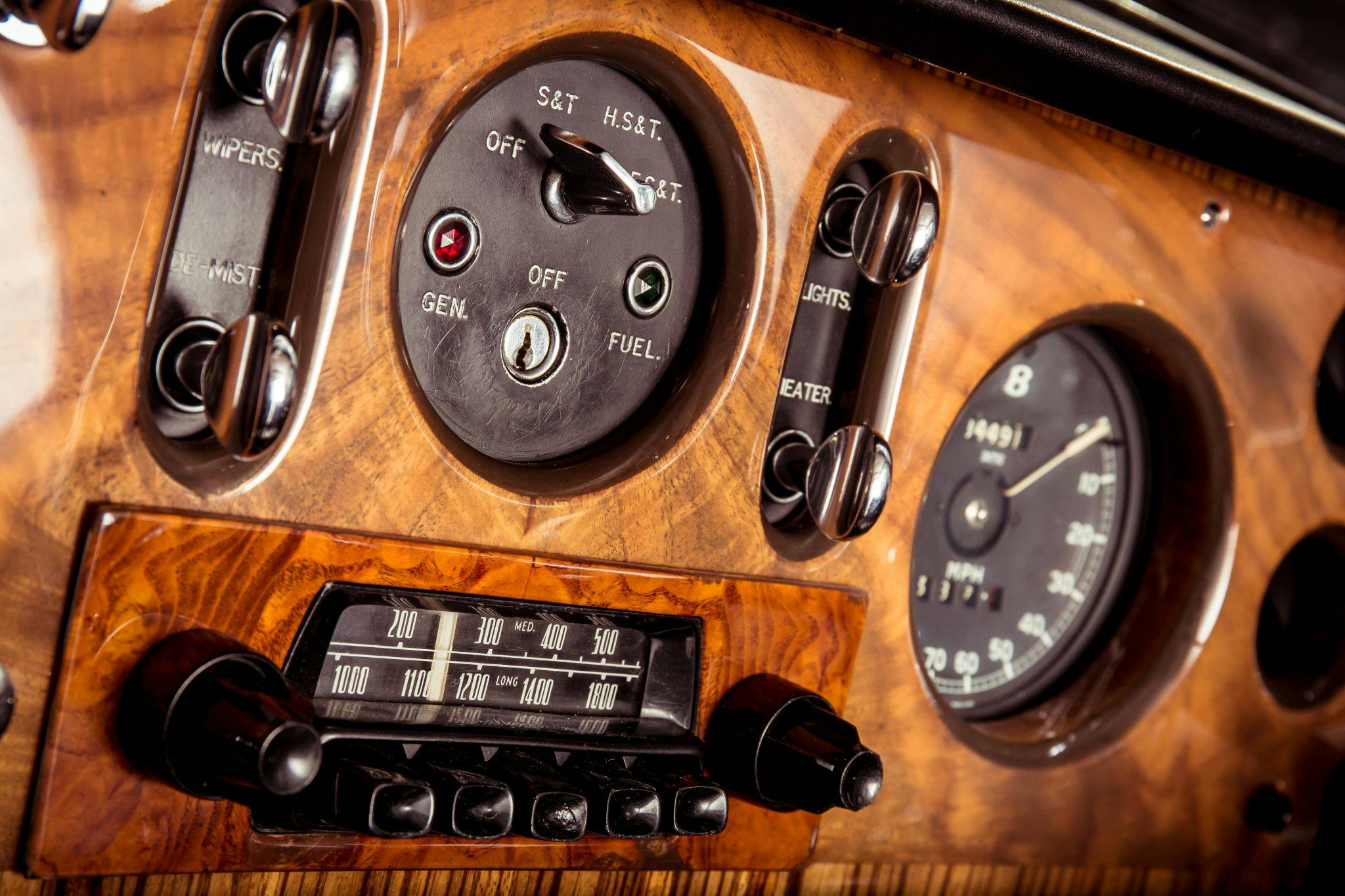
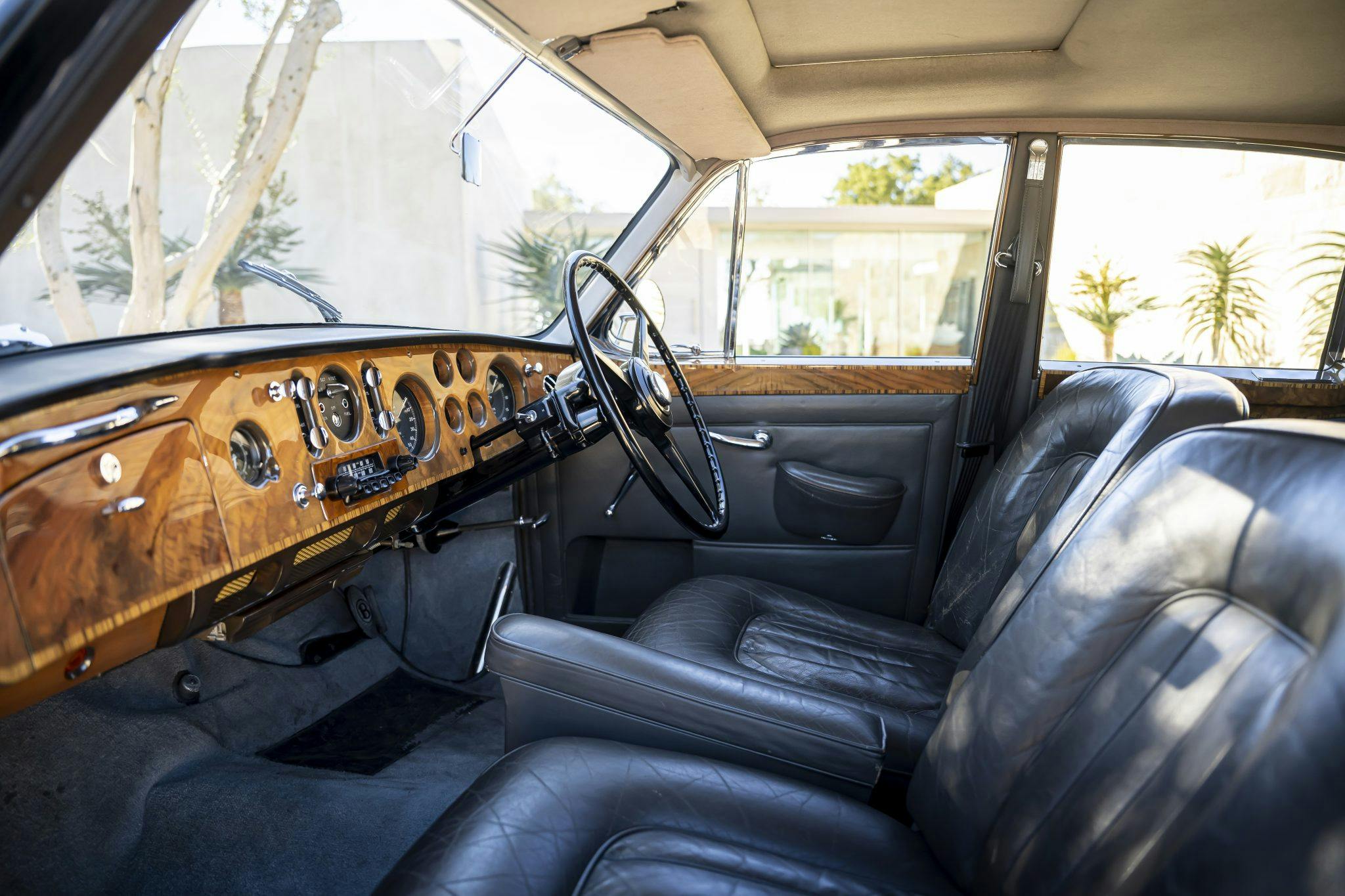


Nice piece of writing, James Mills. And OMG, the car!
My favorite Bentley shall always be the good-natured Englishman who spent his days as a United Nations translator, his nights with NYC women and an occaional few moments receiving chiropractic services from his dry-cleaning neighbor.
“Pass the Grey Poupon, please.”